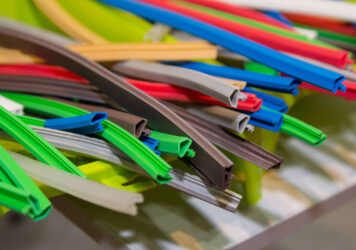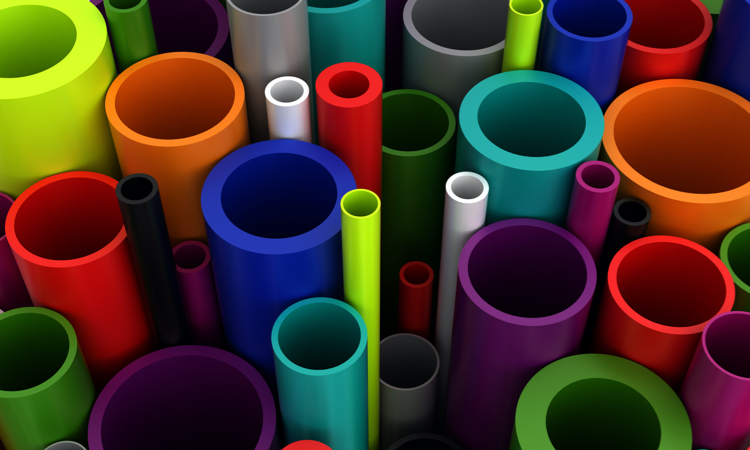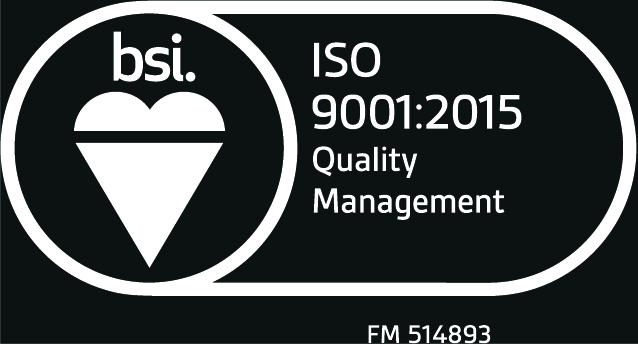
What to Know About Operations in Plastic Extrusion
Plastic extrusion is a cornerstone of modern manufacturing, enabling companies to produce a wide range of components, from tubing and profiles to custom shapes for industrial, medical, and consumer applications. Despite its prevalence, many people are unfamiliar with the intricacies involved in extrusion operations.
Understanding the process, equipment, and best practices can help businesses make informed decisions when sourcing extruded products or managing in-house production. Let’s take a closer look.
Understanding the Extrusion Process
At its core, plastic extrusion involves melting raw plastic material and forcing it through a shaped die to create continuous profiles or tubing. The material is fed into an extruder, where heat and pressure transform it into a malleable state. A screw mechanism pushes the molten plastic through a die, forming the desired shape. As it exits the extruder, the material cools and solidifies while maintaining the intended dimensions.
This continuous process is ideal for high-volume production and allows for uniformity in both dimensions and material properties. However, achieving consistency requires precise control over several variables, including temperature, pressure, and feed rate.
Key Factors for Successful Extrusion
Material Selection
The choice of thermoplastic or elastomer greatly affects the final product’s durability, flexibility, and resistance to environmental factors. Materials must be uniform and free from contaminants to prevent defects such as bubbles, uneven thickness, or surface imperfections.
Equipment and Technology
Modern extrusion operations rely on advanced machinery that provides digital controls over temperature zones, screw speed, and die pressure. Real-time monitoring ensures the process remains within target parameters, reducing variability and improving product quality.
Process Control
Maintaining consistent extrusion requires constant attention to environmental conditions and equipment calibration. Temperature fluctuations, humidity, or wear in the extruder screw or die can impact product quality. Skilled operators monitor these factors and adjust settings as needed to maintain uniform output.
Cooling and Handling
Once extruded, the material must be cooled and handled carefully to prevent deformation. Cooling can involve air, water, or specialized baths, depending on the material and application. Proper tensioning and guiding during handling ensure the extrudate remains straight and dimensionally accurate.
Quality Assurance in Extrusion
Quality control is critical in plastic extrusion operations. Dimensions, wall thickness, surface finish, and material properties are regularly inspected, often with automated in-line measurement systems. These controls help catch defects early, reducing waste and preventing issues from reaching downstream processes or customers.
Documentation of process parameters and inspection data also supports repeatability. High-volume extrusion runs benefit from these rigorous checks, as even minor variations can have significant impacts on product performance in applications like medical tubing, packaging, or industrial components.
Advantages of Professional Extrusion Operations
Partnering with an experienced extrusion company or maintaining well-managed in-house operations provides several advantages:
- Consistent product quality and tight tolerances
- Ability to produce complex shapes and custom profiles
- High-volume production capability
- Compliance with industry standards, including food or medical-grade materials
Custom Extrusion with Inplex
Looking for quality custom extrusion products and services? Inplex is one of the leading custom extrusion services in the US and has almost 60 years of experience. We pride ourselves on our ability to put the right talent and technology in place to perform the best possible job for our clients.
We own a 42,000 sq. ft. facility in Naperville, Illinois, that is temperature-controlled and features an environmentally friendly closed-loop water cooling system. If you have specific needs or questions, don’t hesitate to contact us!
Back to Blog



